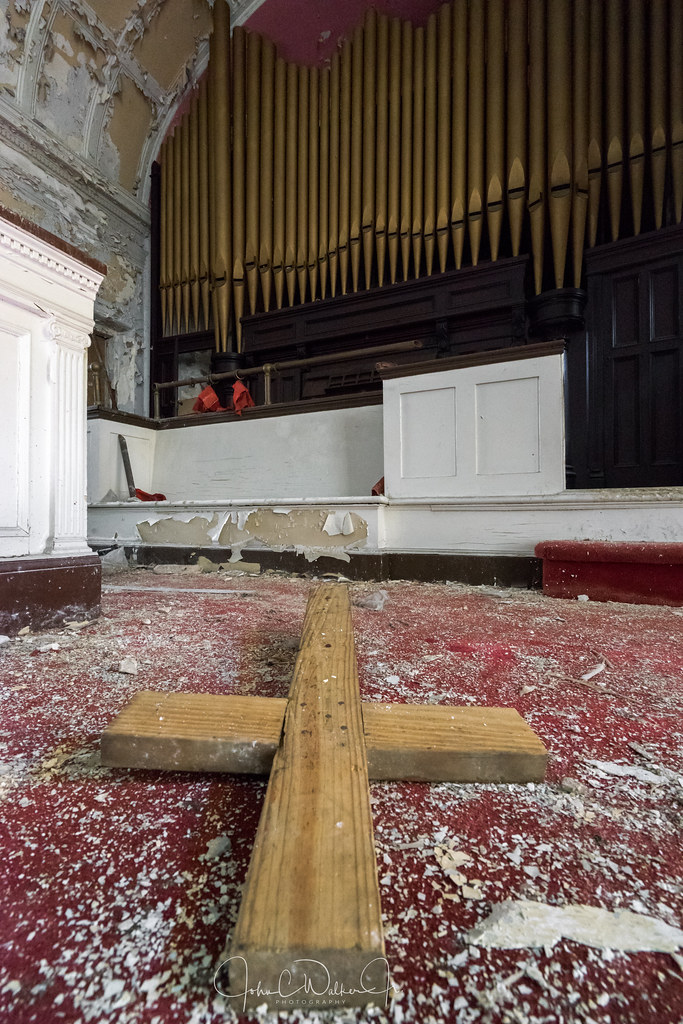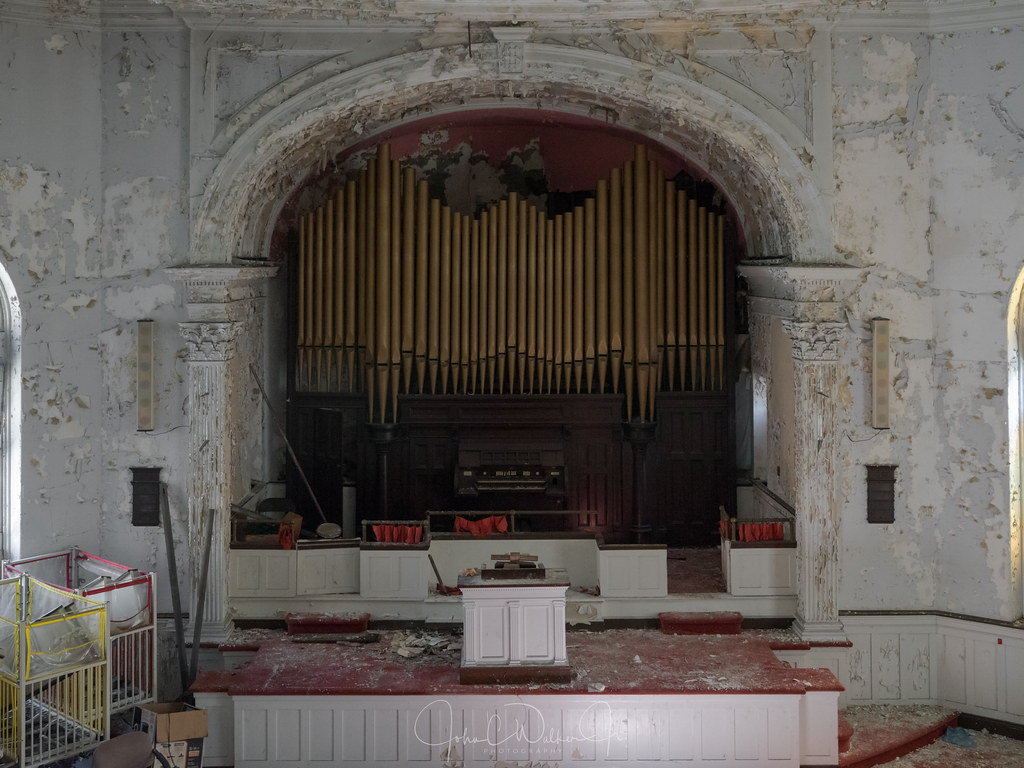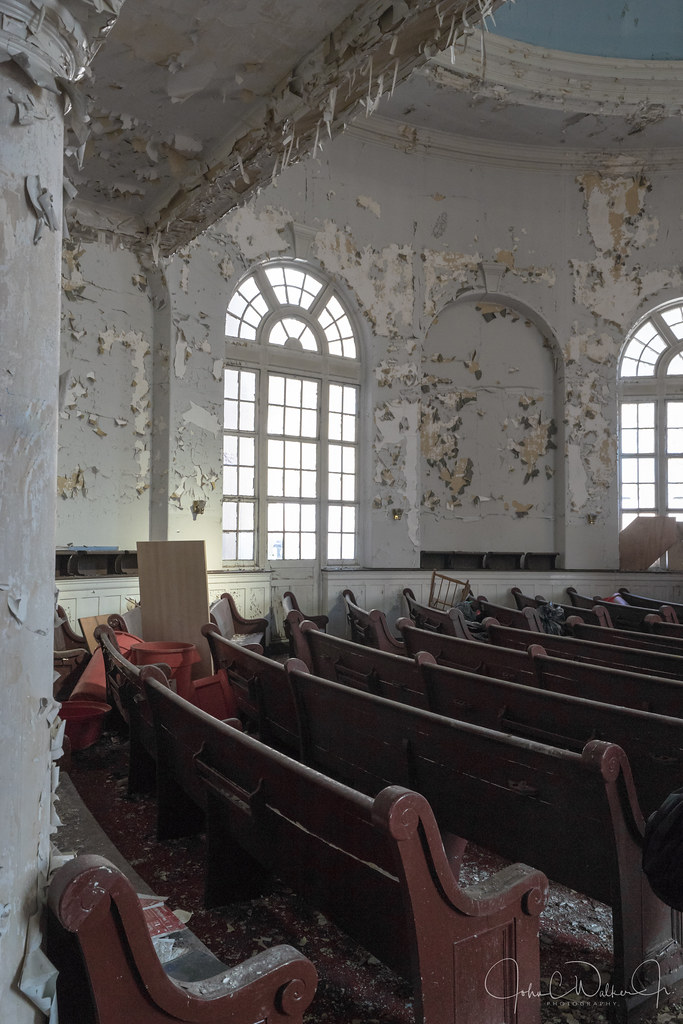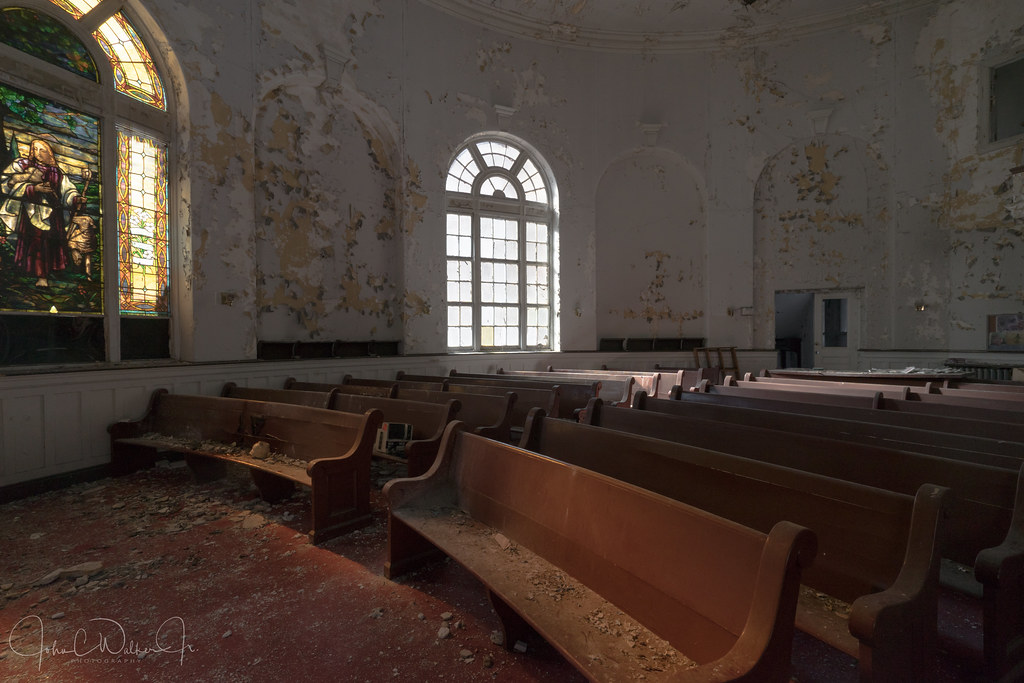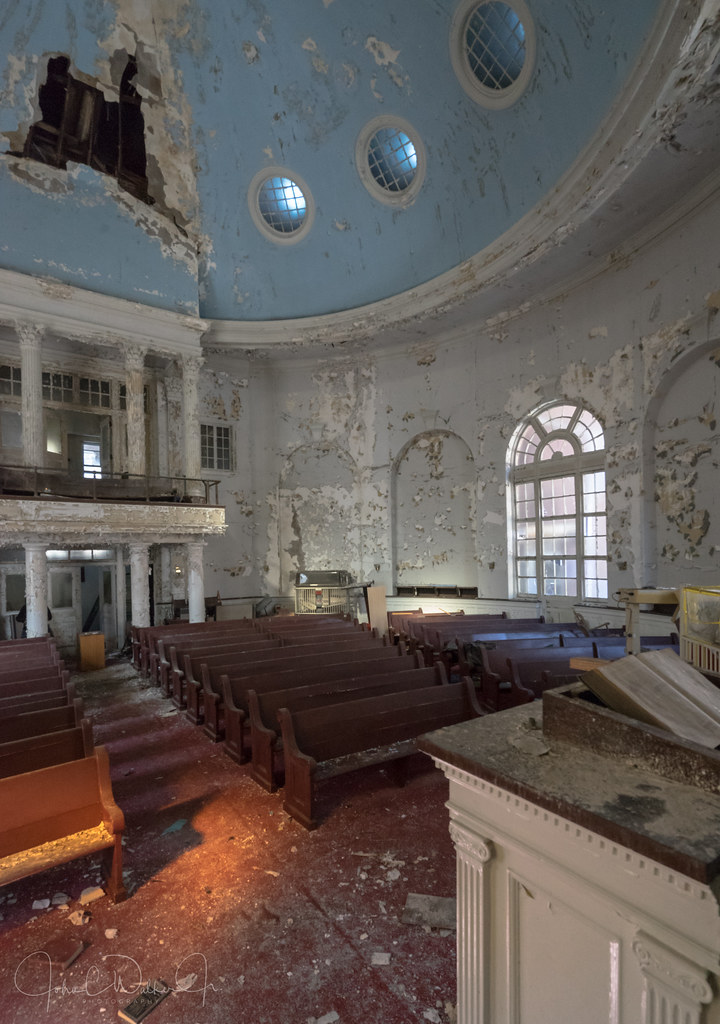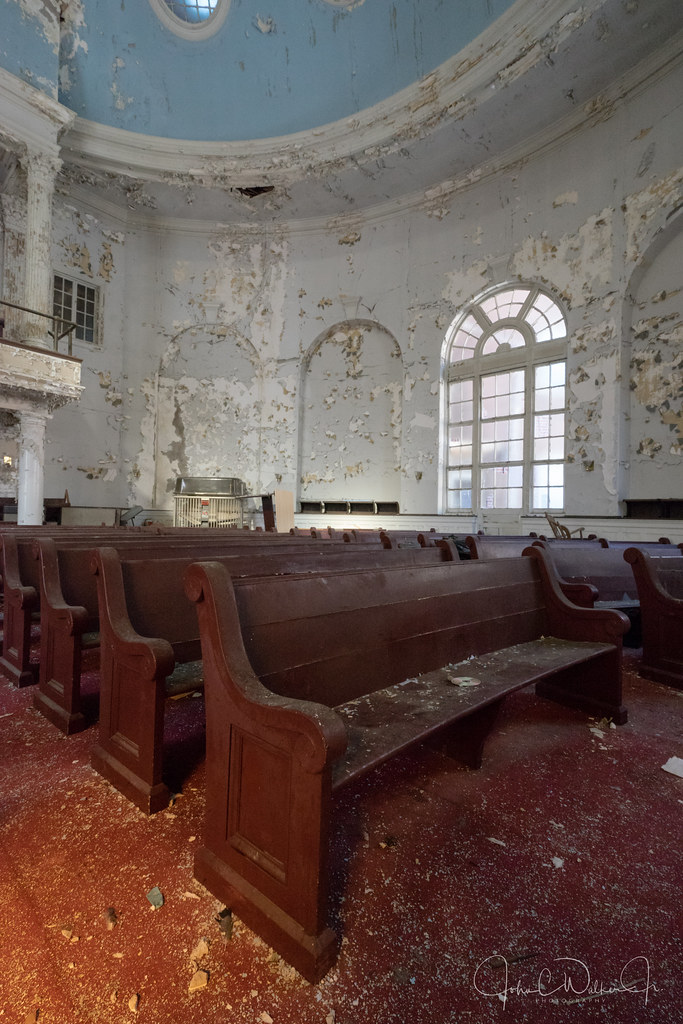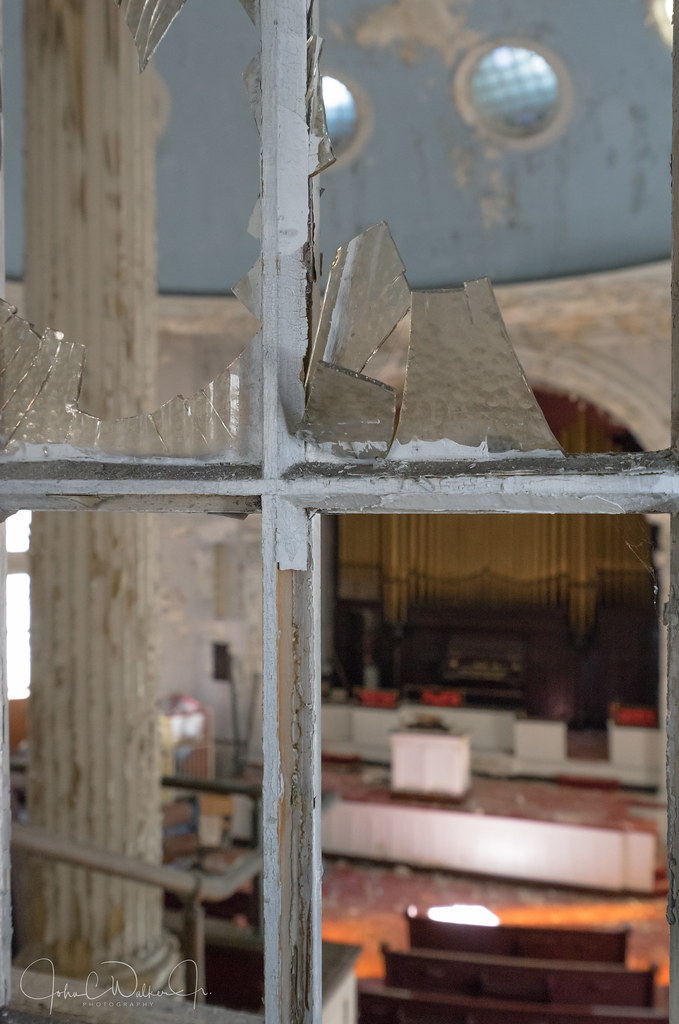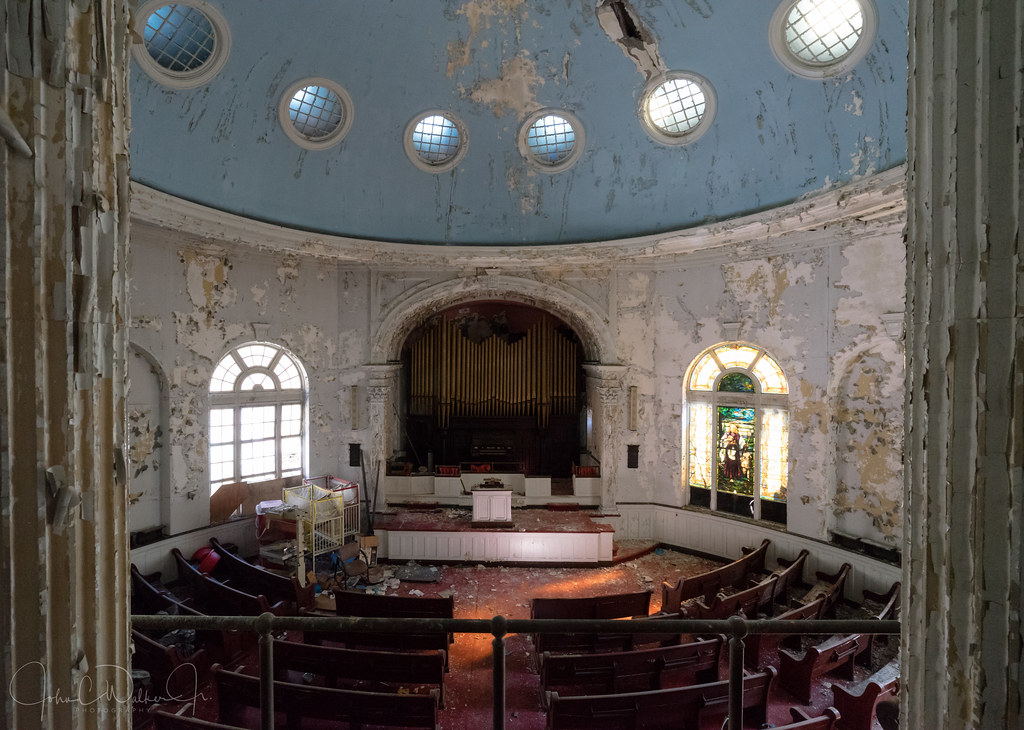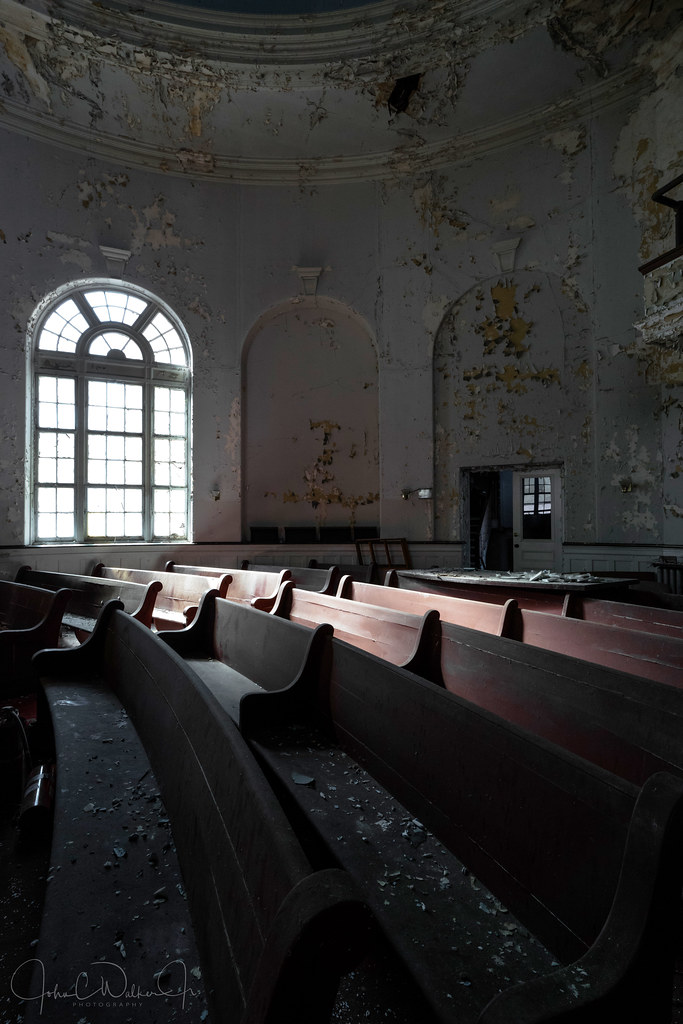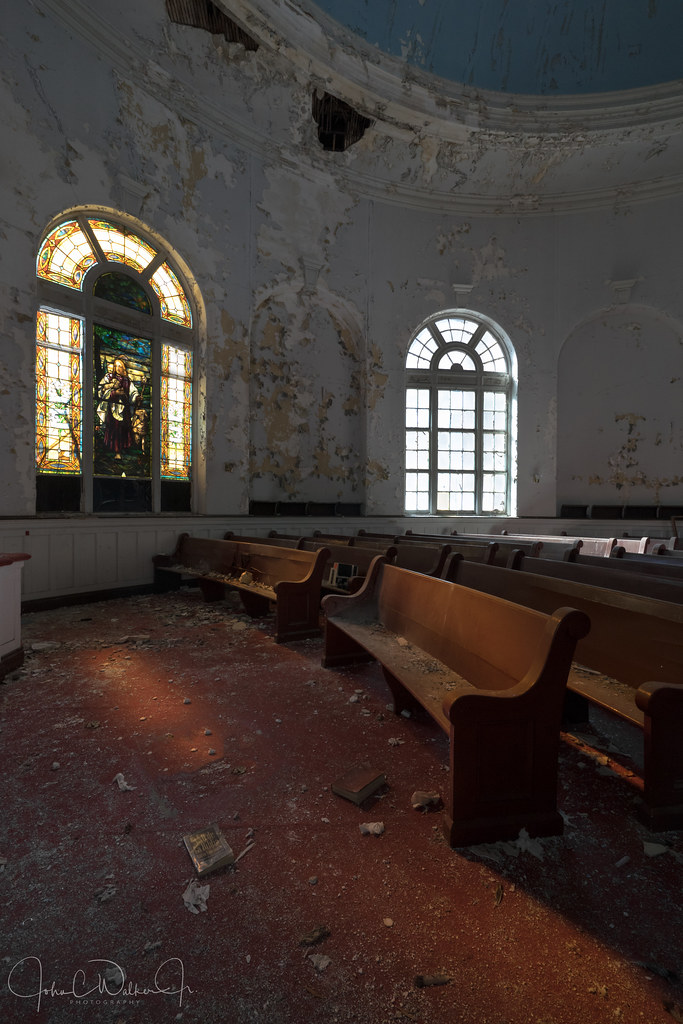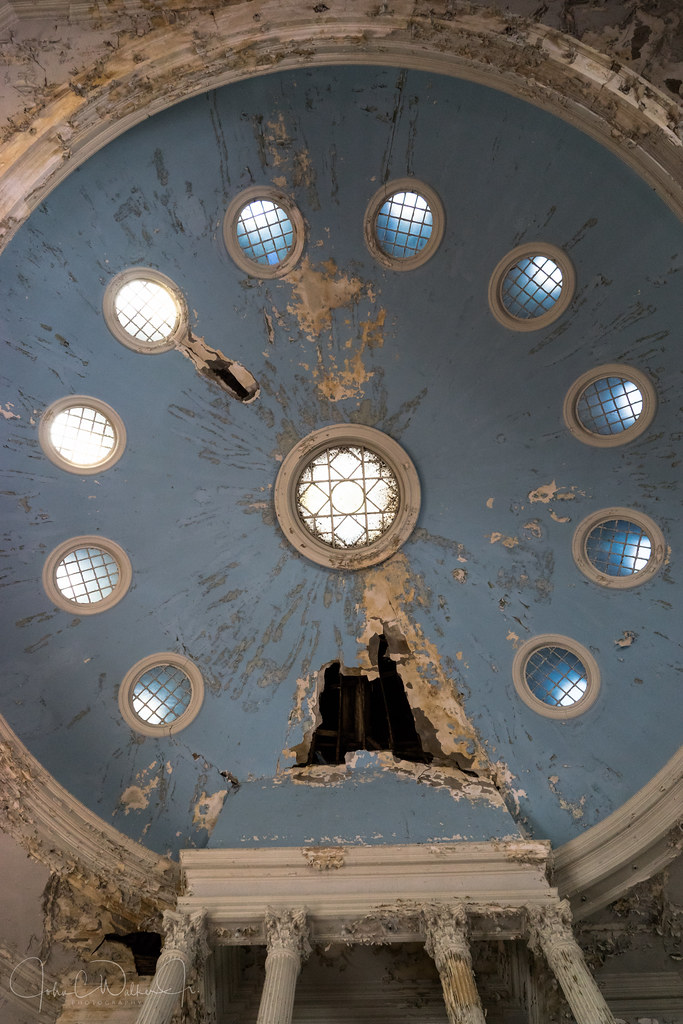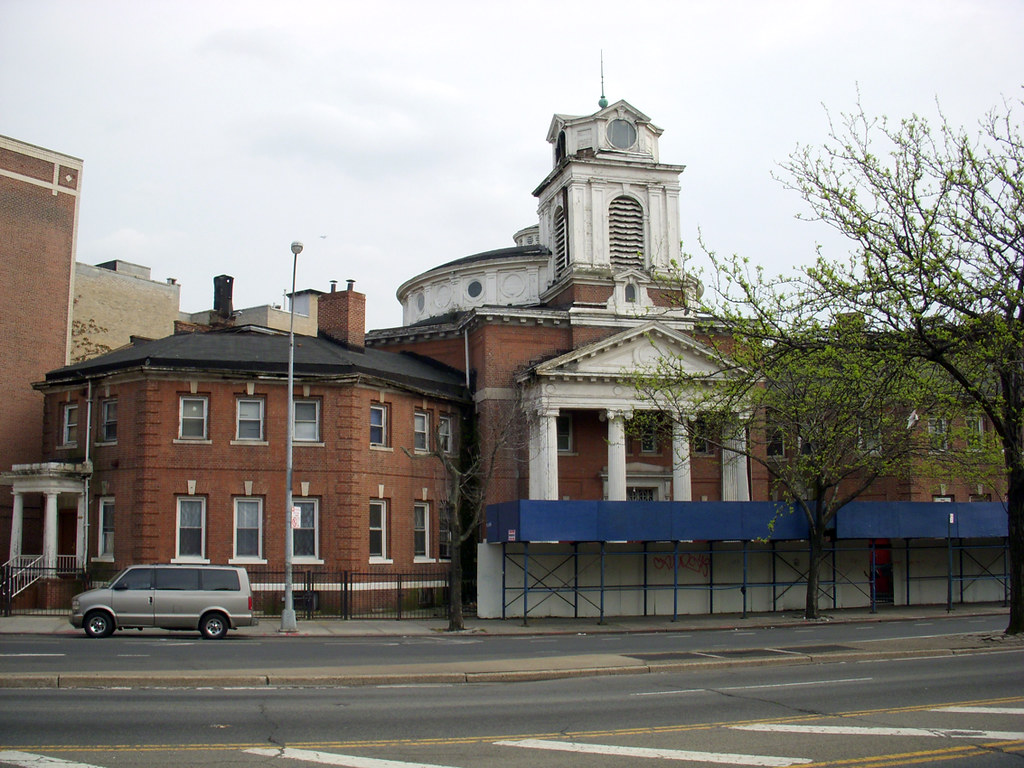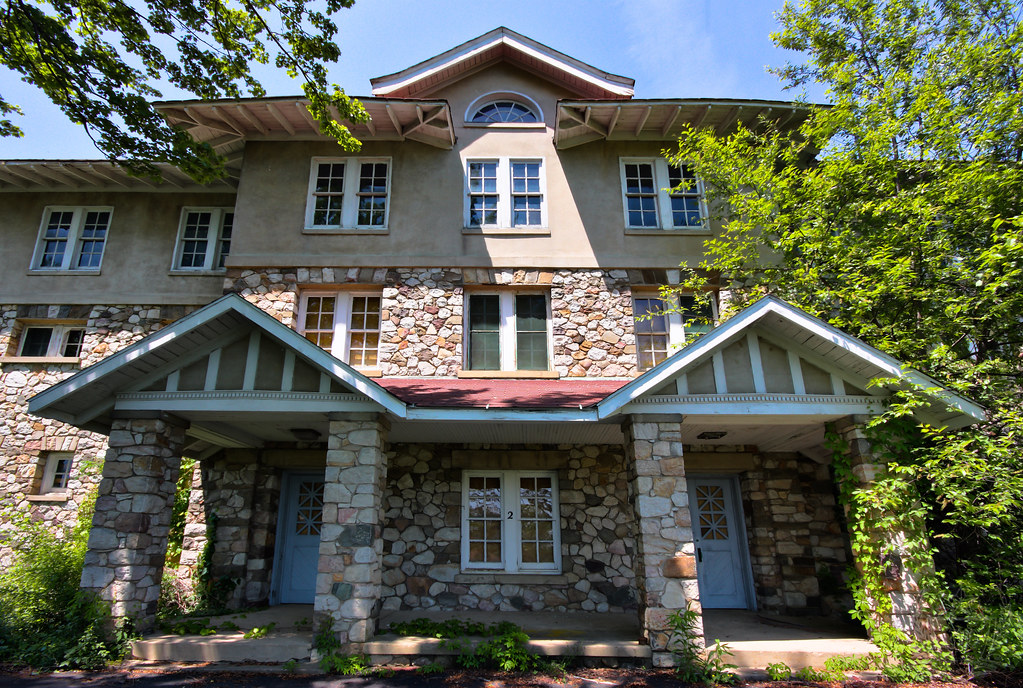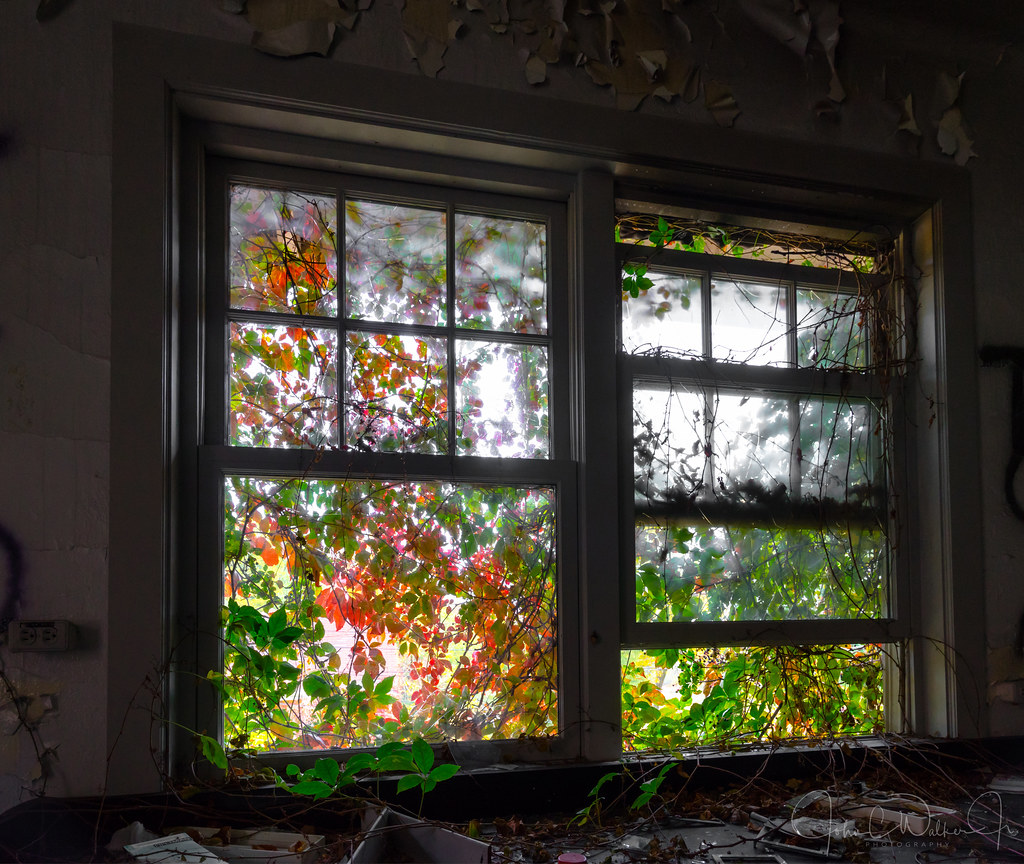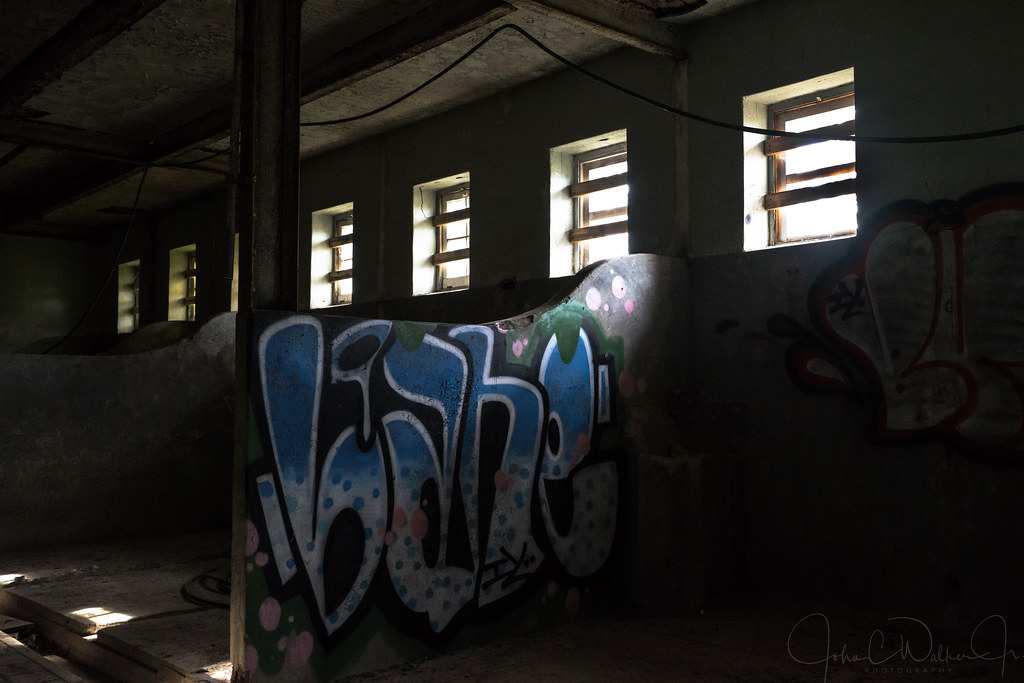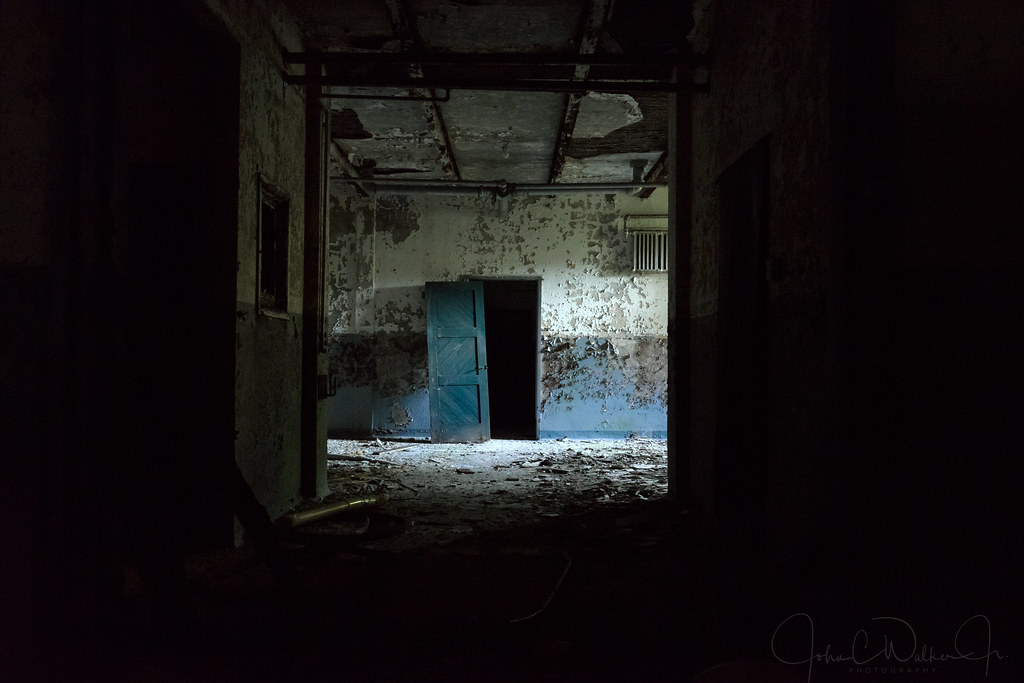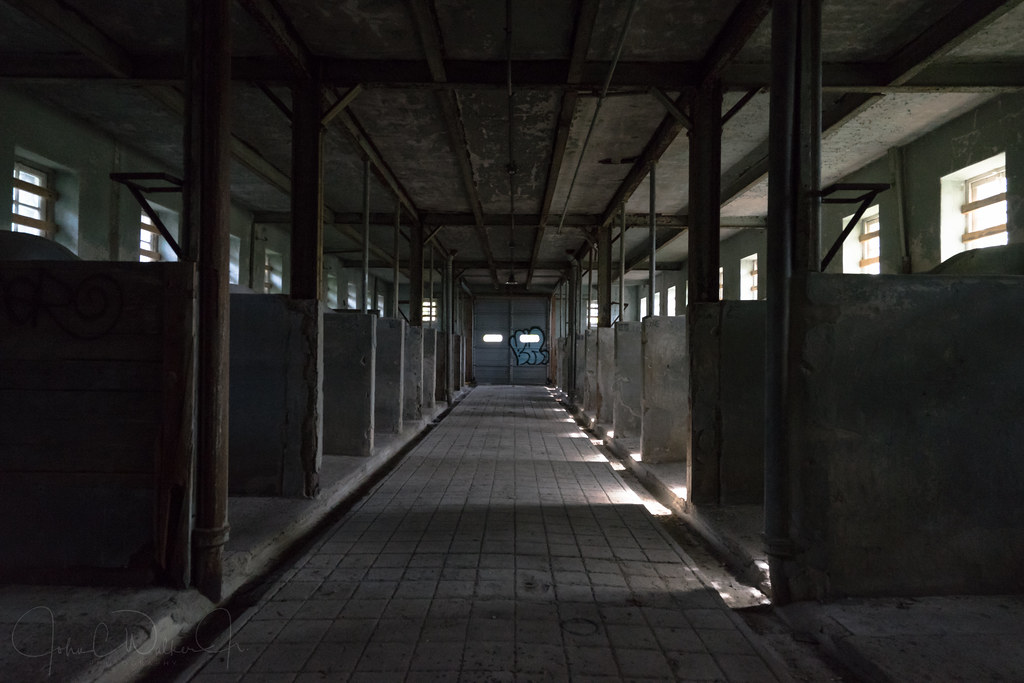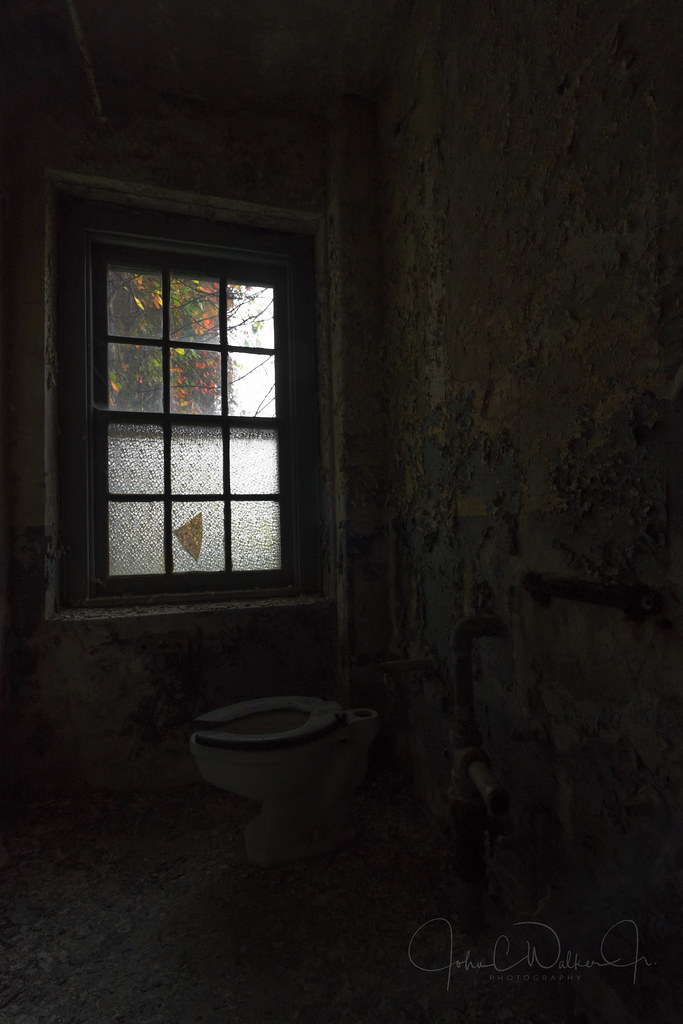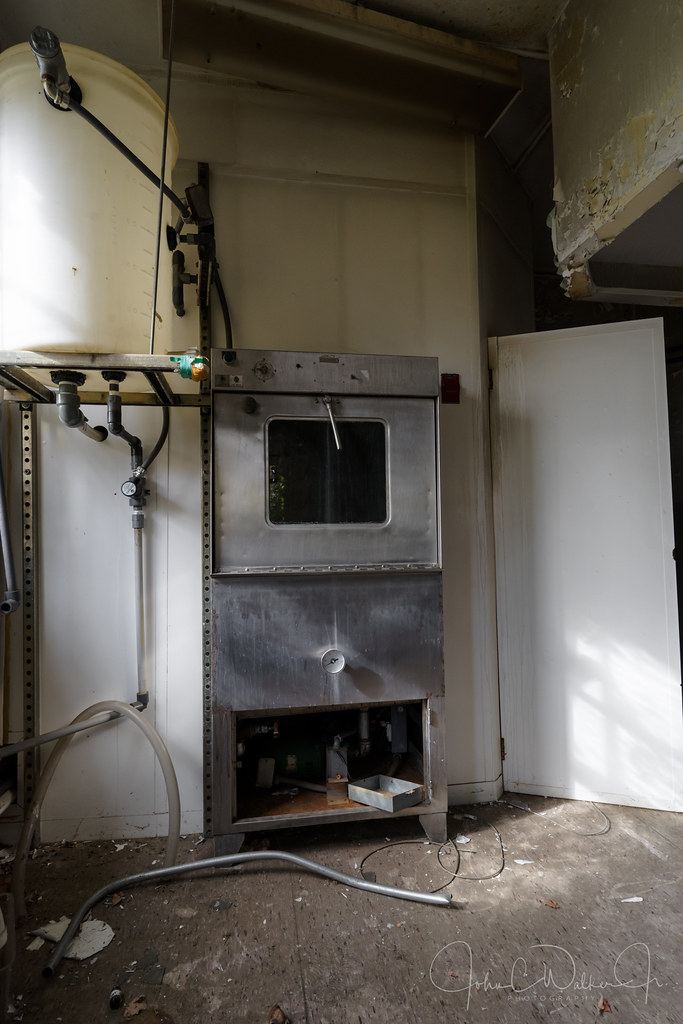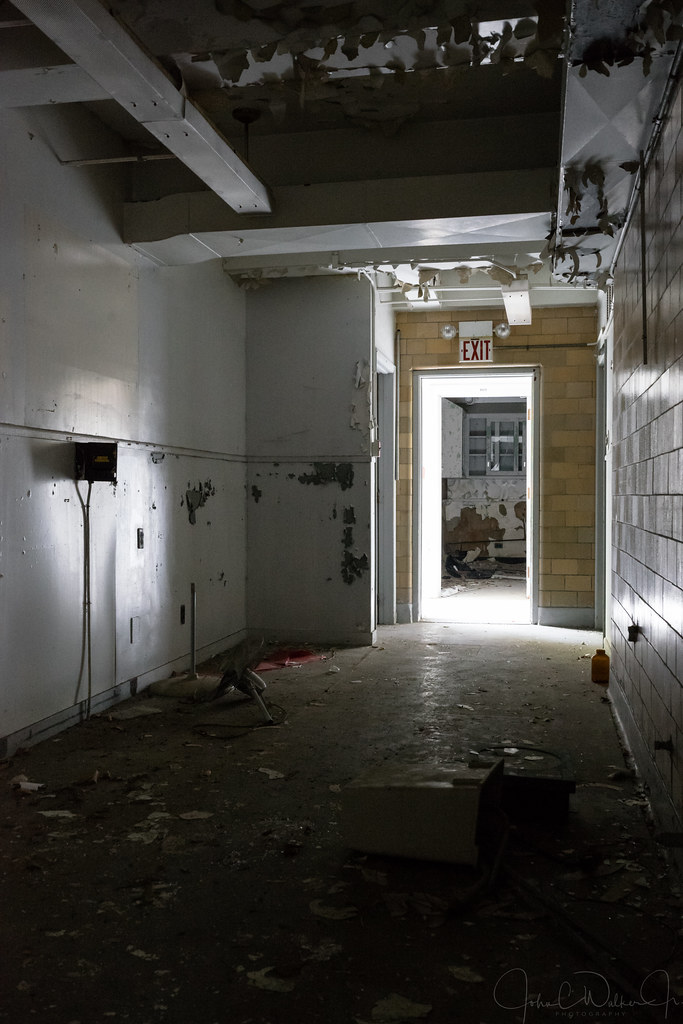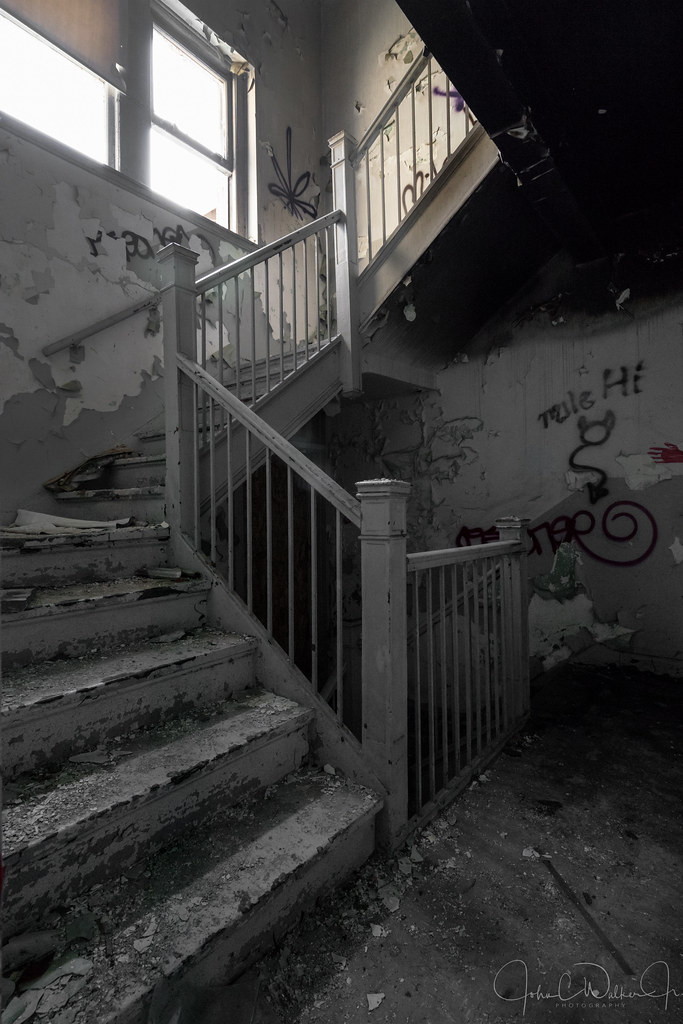The Kelly Building
THE headline read,
“The Banker Breathed His Last at 9:35 Yesterday Morning.”
The banker was Eugene Kelly, 88. His physician, a Dr. McCreery, had watched him throughout the night, but according to The New York Times, “for days, he had known that the case of his patient was hopeless.”
It was Dec. 19, 1894. Then, as now, a rough idea of the measure of a man could be divined from the amount of ink spilled upon his death, and for days, newspapers chronicled the life of one of the city’s most successful immigrants and, with tick-tock scrutiny, the pageantry of his memorialization.
“His name is inscribed in every hearthstone in Ireland,” the Rev. Henry A. Brann eulogized at a hero’s farewell at St. Patrick’s Cathedral, where the coffin was adorned with lilies and violets. “There are tears and wailings there for his death.”
Mr. Kelly had been born in the Irish village of Trillick, in County Tyrone. He came to New York in his early 20s with about 100 pounds and a job offer from Donnelly Brothers, dry goods importers. Several years later, he struck out on his own in Maysville, Ky., and, later, in St. Louis, where he opened a Donnelly Brothers branch and married a Donnelly sister, who died in 1848, leaving him a daughter.
He followed the gold rush to San Francisco, opened a banking house and returned to New York, where, in 1857, he married Margaret Hughes, who was the niece of a Roman Catholic archbishop and was “noted for her good looks and charming personality,” The Times reported years later. They had five sons.
The Kellys kept a stable a few doors down from their home at 33 West 51st Street and led the rarefied life of the rich. Even crime seems courtly in hindsight. Two “persistent beggars” were arrested in the area in 1893; on them was a scolding note from Mrs. Kelly: “We all heard you cursing at the door a few nights ago.”
Yet Eugene and Margaret would also come to know great loss and grief. One son, Joseph, was blown off a train while moving between cars on the way to Orange, N.J., in 1889.
“Old Mr. Kelly was on the train in the middle car,” the conductor said later, recalling asking passengers to break the news and, when they refused, telling Mr. Kelly himself: “ ‘My son!’ he said. ‘No, no.’ He went forward with me, however, and in passing from car to car I had to exert my utmost strength to save him and myself from being blown away.” They arrived at last at Joseph’s body. “Falling on his knees beside the body of his son, he kissed him and for a moment knelt and gazed into his face while the tears dropped from his eyes upon the cold face of the boy.”
Another son, Edward, gained notoriety in 1893 when it was disclosed that he was not a bachelor, as most who knew him believed, but rather married to a Protestant. The reading of Eugene’s will in 1895 revealed a rift with a third son, Robert.
Mr. Kelly died with an estimated $25 million or more — the equivalent of about $630 million today. He authorized his executors to sell his real estate holdings as they saw fit — with a caveat. “It is, however, my preference that the property known as Temple Court,” he wrote in his will, “should not be sold until, in the opinion of my Executors and Trustees, it would be clearly detrimental to the estate to hold it longer.”
THE KELLY BUILDING, as it was first known, was a sensation before a single stone of the bank and the bookstore that had stood on or near 5 Beekman was demolished to make room for it. Mr. Kelly’s architects unveiled their plans in April 1881. “The new building is to cost around $400,000 and will be one of the finest in the lower part of the city,” The Times wrote.
It was a time of renewed vigor downtown: coming out of the Panic of 1873, builders were looking higher than the four-story structures throughout the city, and from 1870 to 1890, 9- and 10-story buildings grew between Bowling Green and City Hall. The Kelly Building would be nine, with two corner towers stretching one story higher.
Mr. Kelly’s timing was applauded by the Real Estate Record and Builders’ Guide in 1881: “The demand for offices is no longer confined to the neighborhood of the Stock, Mining, Cotton and Produce Exchanges. All the great industries which are represented in New York are using offices instead of stores, and these last are very profitable.”
By March 1882, the building had been christened Temple Court, perhaps anticipating its many law offices. It was completed a year later. Clad in brick and terra cotta, a material whose popularity soared after the great fires in Chicago in 1871 and Boston in 1872, it had an atrium topped with a glass pyramid that flooded the interior with sunshine.
The building left the Kelly family in the 1940s, according to the landmarks report, and spent most of the years since owned by Rubin Shulsky and his daughter, Rena. Somewhere along the way, a ring of drywall went up from bottom to top, blocking the atrium from view, making the jewel seem common.
Frank Lombardi worked there in the 1960s, with an energy control company; he was shocked when he stopped by recently and saw the light streaming in. “None of that was showing,” he said of the atrium. “You were looking at a wall. It was very bland and nothing there, just walls.”
Another Lombardi, Joseph, of no relation, had apprenticed at Temple Court as a young man in 1956, buying sandwiches at the nearby Horn & Hardart automat. “I’d go up on the roof and look down into that atrium,” he recalled. He became an architect, rented an office in a corner tower and was eventually the last tenant in the creaky place before he left in 2001.














